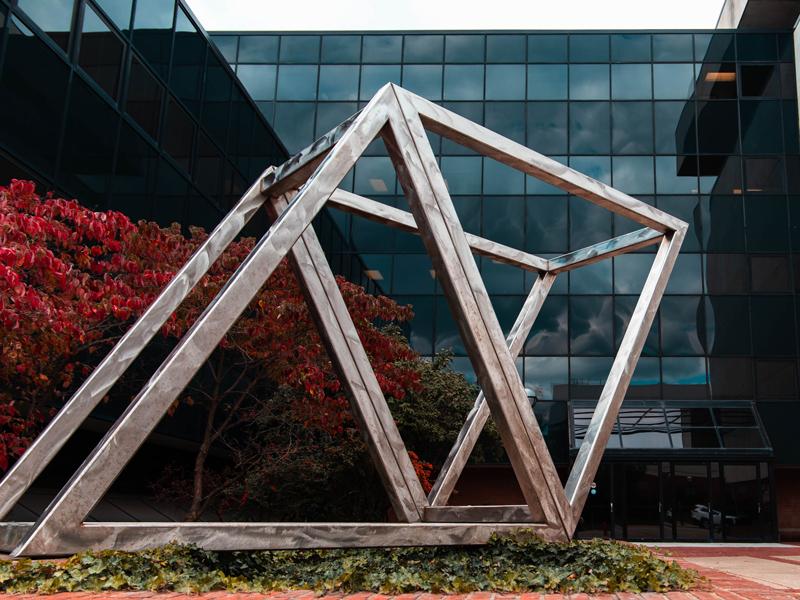
In it for the long-haul: building support for interdisciplinary innovation
Interdisciplinarity
Sponsored by

Advice for bringing together multiple academic disciplines into one project or approach, examples of interdisciplinary collaboration done well and how to put interdisciplinarity into practice in research, teaching, leadership and impact

You may also like
Image credit: Sheila Babbitt.
Interdisciplinary research is a big commitment – for the scientists who are engaged in it and for the universities that facilitate, support and fund it. Providing the support systems to sustain high-risk projects, and incentivising scientists to commit to those risks, is not easy.
Jason Owen-Smith, executive director of the Institute for Research on Innovation and Science at the University of Michigan, argues that universities need to take the long view.
“It’s easy to think of support as something you do once. Let’s just drop some support on this person, and that will set them up,” he says. “What you probably need is more consistent, lighter touches that help to create the conditions.”
Support can take many forms. Academics could be afforded more flexibility over their schedule. It could be training and mentorship. As a sociologist, Owen-Smith had to learn that not all disciplines were similarly driven by theory. He describes training as the scaffolding that supports scientists when collaborating across disciplines.
“A lot of the training is doubling down on the importance of curiosity and the questions you ask and building confidence,” he says. “My experience of these kinds of collaborations is that I have to be publicly wrong about what I’m learning about in a new field for a while before I can be right. If I don’t have the support, and the history that allows me the confidence to be wrong for a while, I’m not going to do the exploration, and something will be lost.”
The culture of an institution matters. The University of Michigan is a research powerhouse that leverages its size and scope to create conditions where interdisciplinary research can thrive. “One of the reasons I have spent my career at Michigan, and one of the reasons I came here, is that I have, as a researcher, a taste for this kind of work,” says Owen-Smith.
Institutes that commit to building a research community that tackles shared interests, and where the long-term strategy is to maintain these efforts, can provide points of entry for external collaborations with industry partners or government. Owen-Smith argues that universities must also facilitate informal connections, where academics can reach out across campus and discuss collaboration.
The rewards can be tremendous. Connecting a university’s disparate streams of human knowledge could yield some of science’s greatest discoveries yet.
“Most discoveries are putting together existing stuff from your environment in new ways,” says Owen-Smith. “You could think of an institution like the University of Michigan as a giant bucket of Lego bricks, where each brick represents a piece of knowledge, a method a data set. The goal of the organisation is to create an environment that has the broadest diversity of bricks represented because you can build more interesting stuff with a more diverse set of Lego.”
In 2024, Owen-Smith spoke at the THE Interdisciplinary Science Forum in Washington. The panel session explored the importance of benchmarking interdisciplinary scientific work and ways of measuring outcomes.
Times Higher Education has partnered with Schmidt Science Fellows to develop a new ranking measuring universities’ contribution to interdisciplinary science. Find out how to participate.
Find out more about Schmidt Science Fellows.
Interdisciplinarity
Sponsored by
